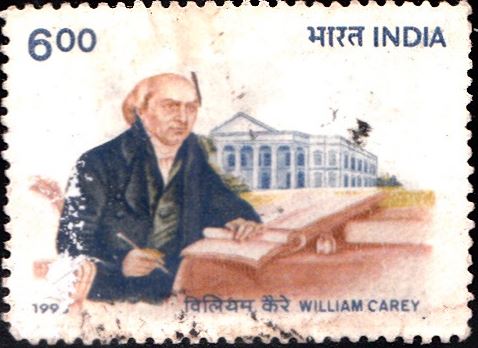
William Carey
A commemorative postage stamp on the British Christian Baptist missionary, William Carey, founder of the Serampore College :
Issued on Jan 9, 1993
Issued for : The Department of Posts is privileged to issue a stamp on Dr. William Carey, who adopted India as his country and strived to serve her people.
Design : The stamp design depicts Dr. William Carey‘s portrait at his writing desk, against the backdrop of Serampore College.
Credits :
FDC & Cachet design : William Carey Bicentenary Celebrations Committee
Stamp Design : Shanka Samanta
Type : Stamp, Postal Used
Colour : Multi Colour
Denomination : 600 Paise
Overall size : 3.91 X 2.90 cms.
Printing size : 3.55 X 2.54 cms.
Perforation : 13 x 13
Paper : Imported Un W/M gravure coated gummed stamp paper in sheets 50.8 x 53.5 cms.
Number Printed : one million stamps
Number per issue sheet : 35
Printing Process : Photogravure
Printed : India Security Press
Name : William Carey
Born on Aug 17, 1761 at Paulerspury, England
Died on Jun 9, 1834 at Serampore, Hooghly district, West Bengal, India
About :
- Dr. William Carey, a cobbler-turned missionary, is called the Father of Modern Missions. His life’s motto was, “EXPECT GREAT THINGS FROM GOD, ATTEMPT GREAT THINGS FOR GOD“. His 41 years continuous stay in India, ever since de-embarking on 11th November 1793 at Calcutta, till his death on 9th June 1834 is a testimony to this simple faith.
- William Carey was born on 17th August 1761 in England. Though he studied only upto 8th Standard his achievements in academic, social and spiritual fields far exceed the work of many Ph. Ds put together. He offered himself as a missionary on 9th January 1793.
- The very first obstacle to his work as a missionary in India was the East India Company which hated Missionaries and was hostile to them. He had to take shelter in the Dutch colony of Serampore. The death of his first wife in 1781 and second wife in 1821, and later of his two beloved sons, coupled with the deep poverty due to total refusal by the East India Company to remit money from England, put him in great difficulty forcing him to work as a mason many a time and as an indigo planter later. The terrible fire which destroyed his major translation work, the repeated attacks of Malaria and Cholera are some or the examples of the refining fire. In the midst of such circumstances any normal human-being would give up and return to a much more comfortable life in England. William Carey worked hard. Some of the contributions of his life’s labour were the starting of 100 rural schools encouraging girls’ education which swelled to 900. He also compiled dictionaries of Sanskrit, Bengali, Marathi, Telugu which are still accepted as authorities. He wrote grammars of Marathi, Sanskrit, Panjabi, Telugu and Bhutanese and translated the Bible in 34 languages including Pashto. In addition he translated the Ramayana and Mahabharata to Bengali, and started Serampore College, the only institution imparting high academic education and theological teaching under the same roof. He started the Horticulture Society of India which has provided a wide variety of plants to the country, laid the foundation of the Botanical Gardens in Calcutta. He also started the Weekly “THE FRIEND OF INDIA“ which later has amalgamated with “THE STATESMAN“ in 1875 and the first Indian Newspaper “SAMACHAR DARPAN“ was printed by him from 1818. He took up the crusade against the burning of widows and was joined by Dr. Raja Ram Mohan Roy culminating in the successful banning of “SATI” in 1829. In addition to all this, he introduced the concept of Savings Bank to help the poor farmers get financial assistance.
- Text : William Carey Bicentenary Celebrations Committee.



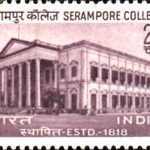
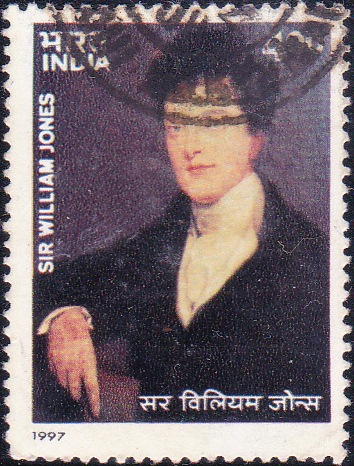
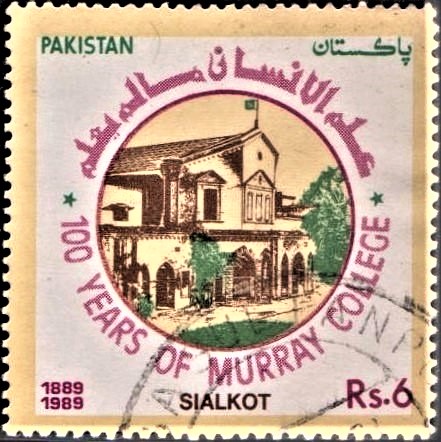
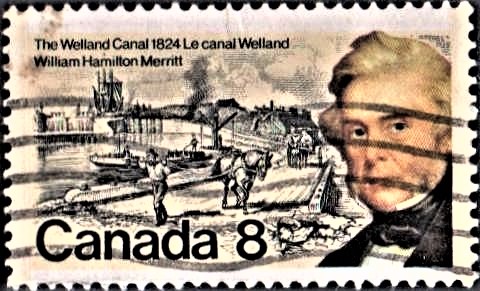
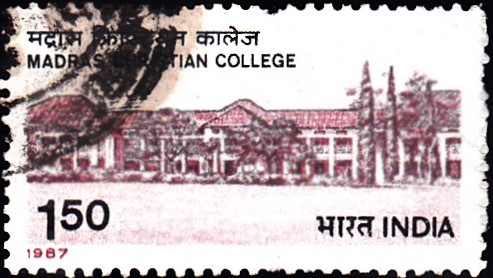
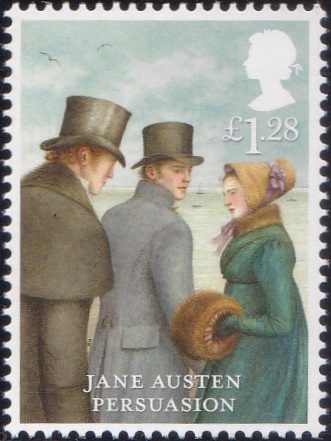
[…] who has drawn on G. F. Atkinson‘s “The Ingredients of Social life in India“ and William Carey‘s “the Good Old Days of John […]
[…] College was established in 1818 by Dr. William Carey and his associates, Joshua Marshman and William Ward, under the Royal Danish Charter, which […]